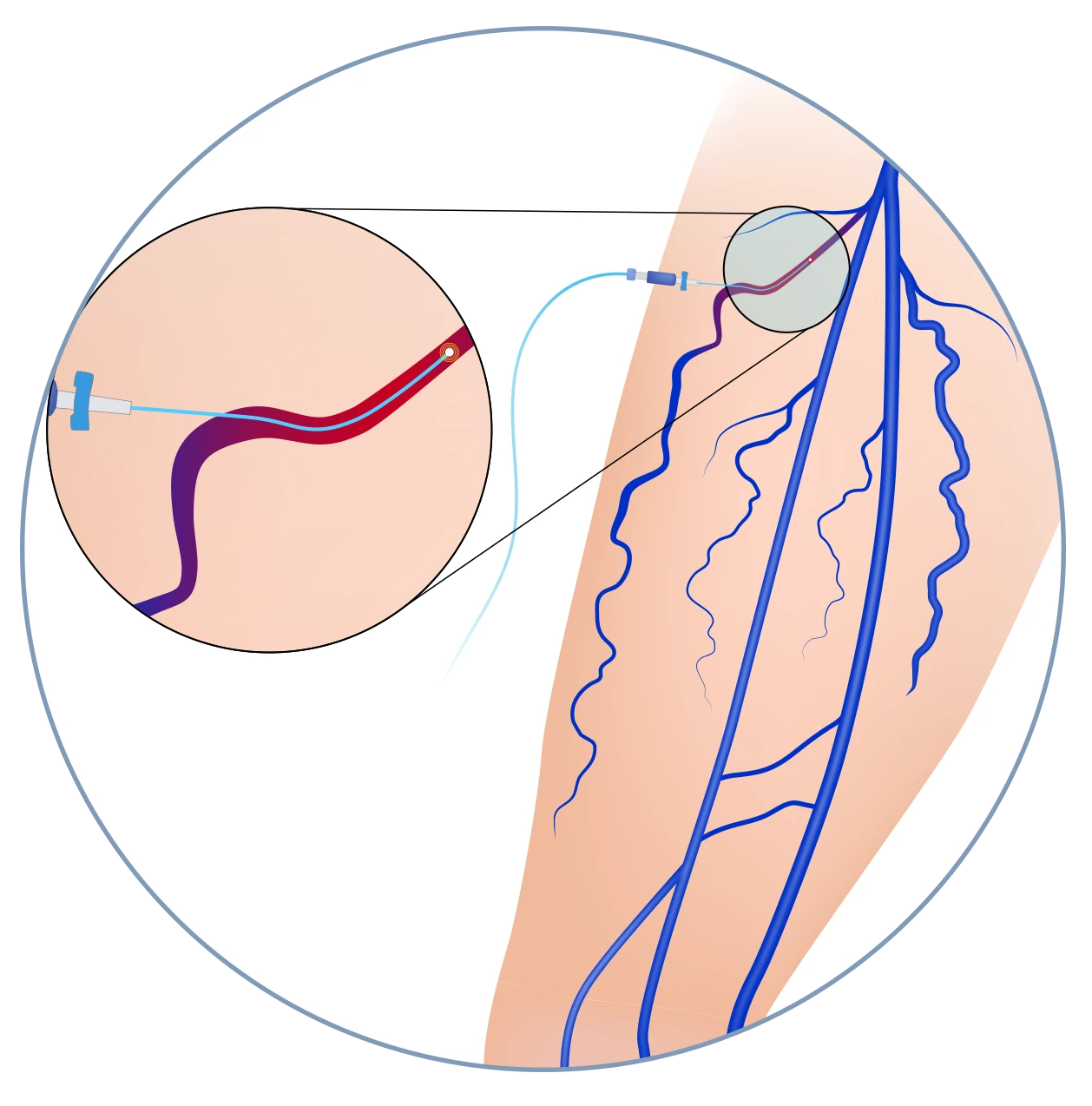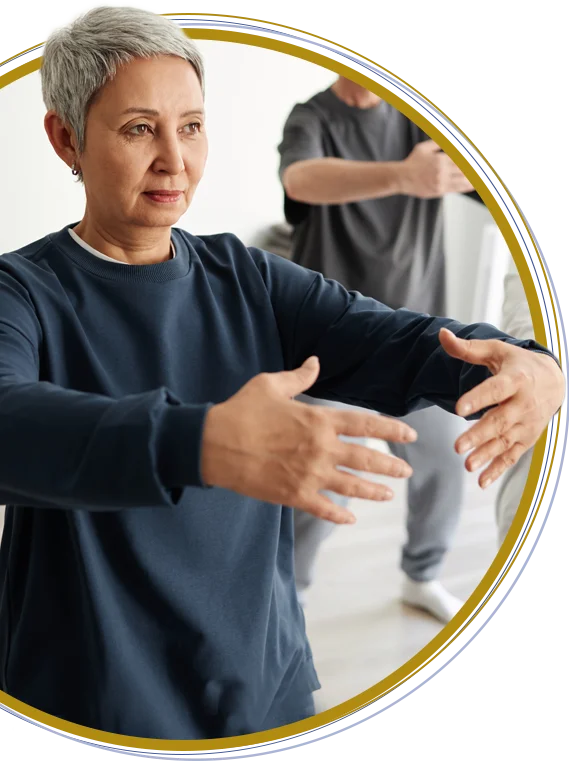Superficial Venous Disease Treatment
Superficial venous disease, also known as chronic venous insufficiency (CVI) is a common condition that affects the veins near the surface of your body. It includes venous reflux, varicose veins, and superficial venous thrombosis (inflammation and clotting in superficial veins). These conditions often cause visible symptoms, and for some, they can lead to pain, blood clots, sores, or even contribute to wounds that don’t heal properly on the legs or ankles.


Symptoms of Venous Insufficiency
Typically found in the legs, affected veins can cause pain, blood clots, or sores, as well as:
- Swollen, visible veins
- A bumpy appearance along the veins
- Edema
- Skin irritation or wounds
- Skin staining
- A heavy or achy feeling in the legs
Venous Disease Treatment Options
There are several minimally invasive, outpatient procedures available to treat varicose veins, superficial venous issues and chronic venous insufficiency, all designed to improve symptoms and appearance:
Endovenous Laser Ablation: A heat-based treatment that uses a laser to close problematic veins. Under X-ray guidance, a thin laser fiber is threaded into the vein, and the vein is numbed to minimize discomfort during the procedure. Once the vein is closed, blood is rerouted through healthy veins, allowing you to return to normal activities right away.
Radiofrequency Ablation: Similar to laser ablation, this technique uses radiofrequency energy to close off problematic veins.
Non-thermal Treatments: These options avoid the use of heat and local anesthesia, reducing the risk of burning or nerve damage:
- VenaSeal: A medical adhesive is injected to close the vein.
- Clarivein: A rotating catheter delivers a chemical solution to close the vein.
- Varithena: A foam material is injected to improve the appearance and symptoms of varicose veins.
Sclerotherapy: A common treatment for smaller veins, such as spider veins. A tiny needle injects a chemical irritant that causes the vein to shrink and close.
What to Expect After Treatment for Venous Insuffiency
Recovery from venous disease treatments is typically quick, with most patients able to resume normal activities the same day or within a few days, depending on the procedure. You may experience mild bruising or discomfort at the treatment site, but these side effects usually resolve quickly. Your physician will provide personalized aftercare instructions, and follow-up appointments may be scheduled to ensure optimal results. Overall, most patients experience significant improvement in both symptoms and appearance, allowing them to return to their daily routines with greater comfort.
Request an appointment
Schedule a consultation with our expert interventional radiology team to learn more and find out if this innovative treatment is right for you.